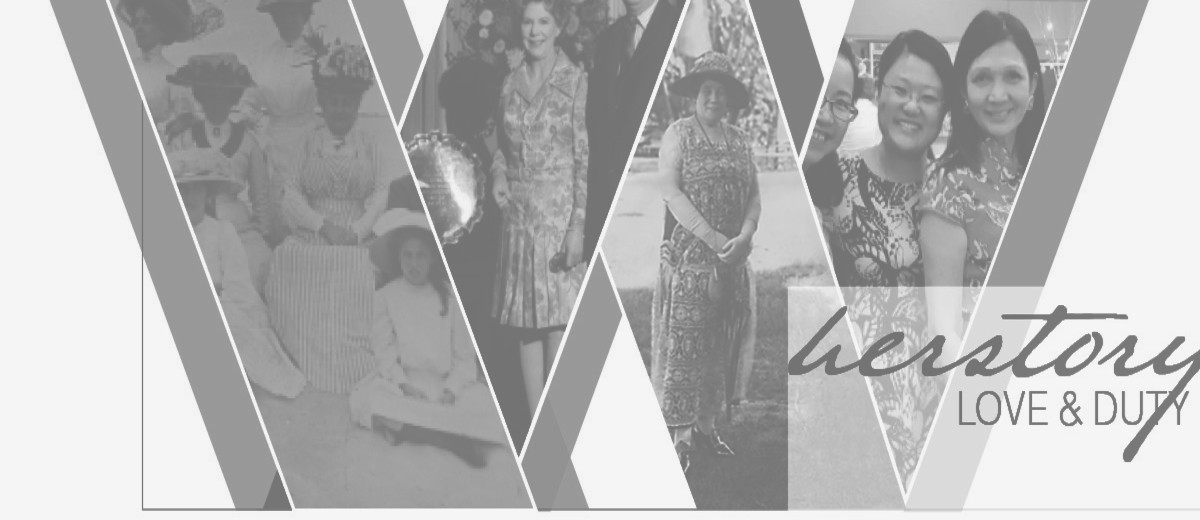Person
ContributeIrene Hawker was Lady Mayoress of the City of Adelaide (married to the Lord Mayor) between 1941 and 1943.
Early Life and Career
Irene De St Croix Wilkinson was born in Adelaide in 1888. She had two brothers, Keith and Ross. Her father, Mr. W.B. Wilkinson, was a successful businessman who also gave much of his time to philanthropic and civic causes holding various offices for example: Councillor for Robe Ward in the Adelaide City Council; President and a founder the Licensed Land Brokers and Auctioneers' Association; member of the Board of Governors of the Public Library, Museum, and Art Gallery; Chairman and trustee of the Kindergarten Union; and a founder and member of the executive of the Town Planning Association.
Irene married Arden Seymour Hawker in 1910 in “one of the smartest social events of the season”. In the years before her service as Lady Mayoress, family life took up much of her time. She had four daughters—Joan, Suzanne, Marjorie, and Elizabeth Hawker and was the grandmother of two after her eldest daughter Joan’s marriage.
Her social welfare activities included membership of the central committee of the Mothers and Babies Health Association, and she was also a member of the executive of the Girl Guide Association. When she had the time, her personal interests were said to be gardening, knitting, and reading.
After 10 years as a Ward Councillor and Alderman, Mr Hawker was elected unopposed as Lord Mayor of the City of Adelaide in July 1941. Shortly after taking up her role as Lady Mayoress, Irene is quoted in The Advertiser as saying:
... it was inevitable that anyone as civic-minded as my father should inculcate some of this spirit in his family.
Contributions/Achievements
War-time was a difficult time to hold public office, but particularly the years Mr and Mrs Hawker were Lord and Lady Mayoress. They were often sad and fearful times.
The Hawkers third daughter Suzanne’s fiancé was killed in action in July 1941. The war was coming ever closer to Australia with the surrender of Singapore in February 1942. This led to more than 100,000 troops becoming prisoners of war, together with hundreds of European civilians. Australia itself came under attack with the devastating bombing of Darwin in February 1942 followed by an attack on Broome. In May 1942 the war came to Sydney Harbour when three Japanese midget submarines entered the harbour and a RAN accommodation ship was torpedoed.
It was conceivable that any city in Australia could become a target for bombing. The State Government had commandeered Council workers to dig air raid trenches in Victoria Square.
Soon after taking office Mrs Hawker was quoted in the Advertiser as saying
The most, important consideration at a time like this is that everyone without exception should share in the war effort. The smallest and humblest effort, if it represents a genuine desire to help, is just as important, as more spectacular aid: and I would like to see every housewife setting aside a certain sum in her weekly budgeting towards the purchase of war saving certificates.
The Lord Mayor and Lady Mayoress focussed their work on support of the war effort and led by example in war-time austerity measures.
Part of her role was to preside over the Lady Mayoress’s Red Cross Circle which was focussed on fundraising and providing comfort packages for prisoners of war to supplement their rations. She also maintained her interest in supporting families with young children and continued her work with the Mothers and Babies Association and was on the Board of the Women’s and Children’s Hospital. As a mother who had sole charge of three young children during her husband's absence in the First World War, she could relate to the difficulties met by young mothers at the time with husbands away.
She became vice-president of the Women’s War Service Council and supported the Fighting Forces Comforts Fund. Empty premises in the city were converted to Red Cross shops to raise funds for their efforts for servicemen and women overseas.
The Lady Mayoress hosted austerity-cooking demonstrations at the Town Hall a number of times.
Key Events
Events and receptions for visitors were kept simple and low key. Austerity was expected of everyone during wartime. The Adelaide City Council cut expenses, releasing every possible man for war service, and reducing social activities to a minimum. The Lord Mayor was reported as saying that, as part of his own austerity campaign he was denying himself one or two things he was used to, such as sugar in his coffee and smoking.
Her first reception as Lady Mayoress was seen as a “thoughtful and very kindly gesture” in honour of ex-Lord Mayors and their wives. The High Commissioner for Britain and his wife were received at an afternoon party. American General Harding and officers of his staff along with Australian battalion leaders also enjoyed her “warm-hearted hospitality…in her flower filled room".
Significant Gifts
In August 1943 the Council presented Mr and Mrs Hawker with an inscribed silver tray in recognition of their services to the City of Adelaide as Lord Mayor and Lady Mayoress.
Personal Note
Council elections in July 1943 saw the defeat of Lord Mayor Hawker and the end of Irene’s work as Lady Mayoress. They had been two years of dedicated hard work. She was said to have “worked early and late".
Her work for the City of Adelaide and the charities she supported had been interrupted a number of times by ill health including one hospital stay for a “slight operation”.


CommentAdd new comment
Quickly, it's still quiet here; be the first to have your say!